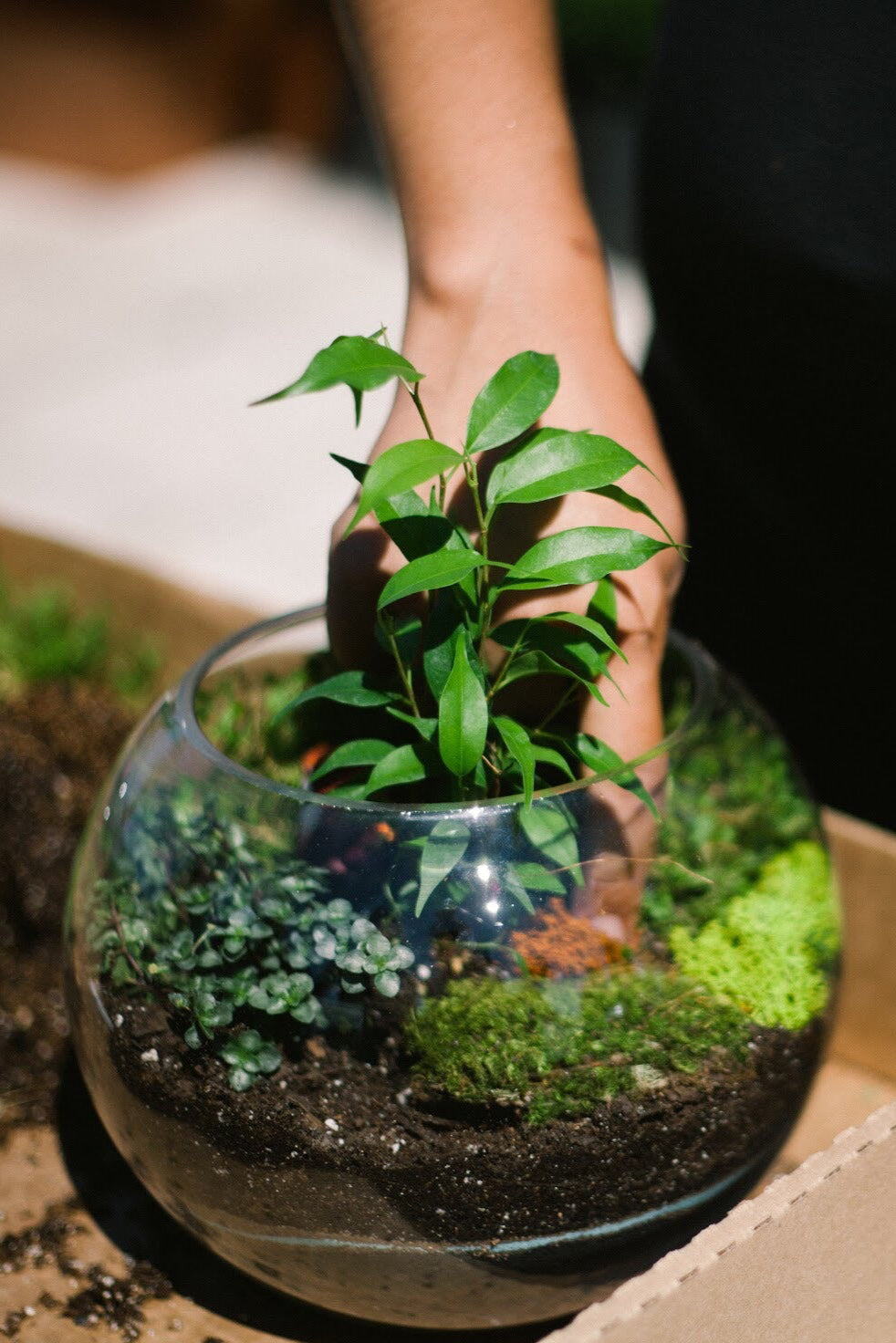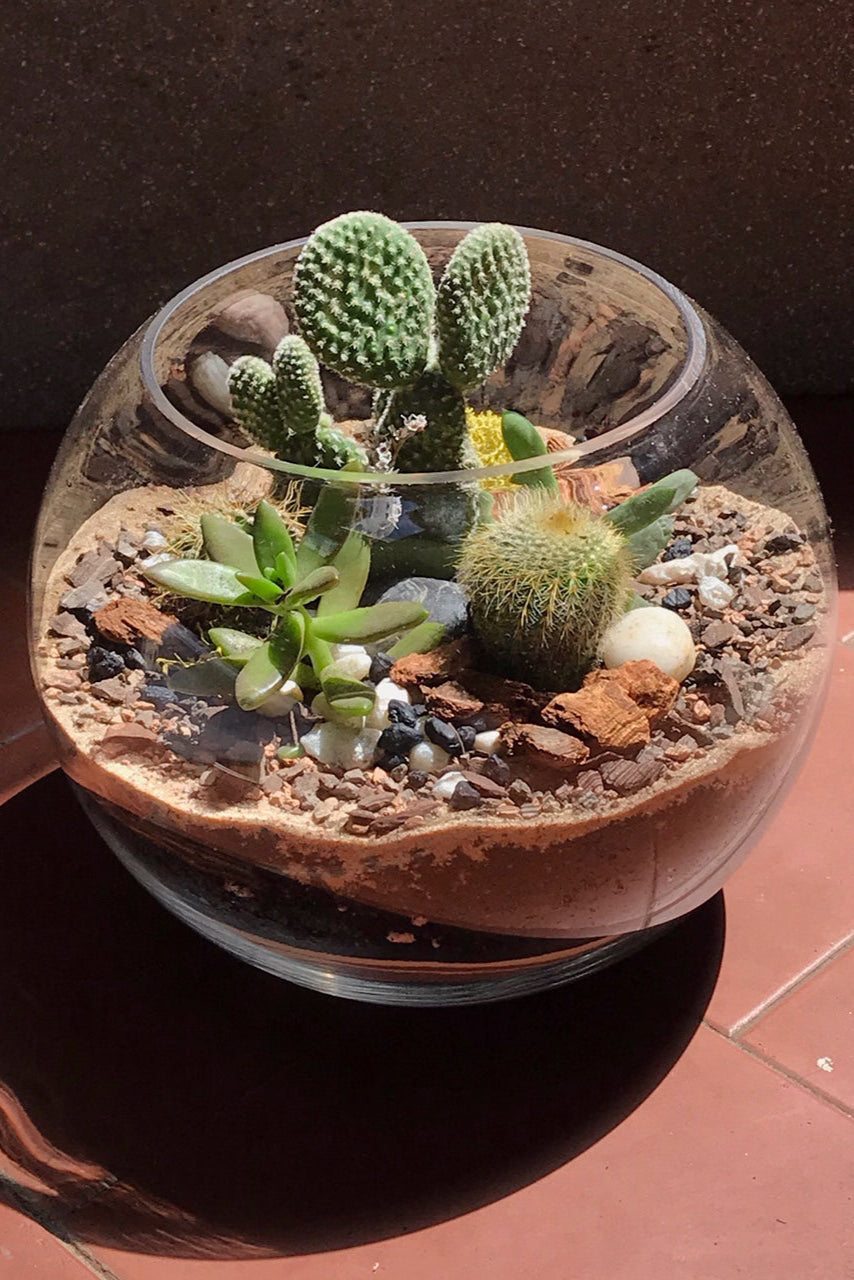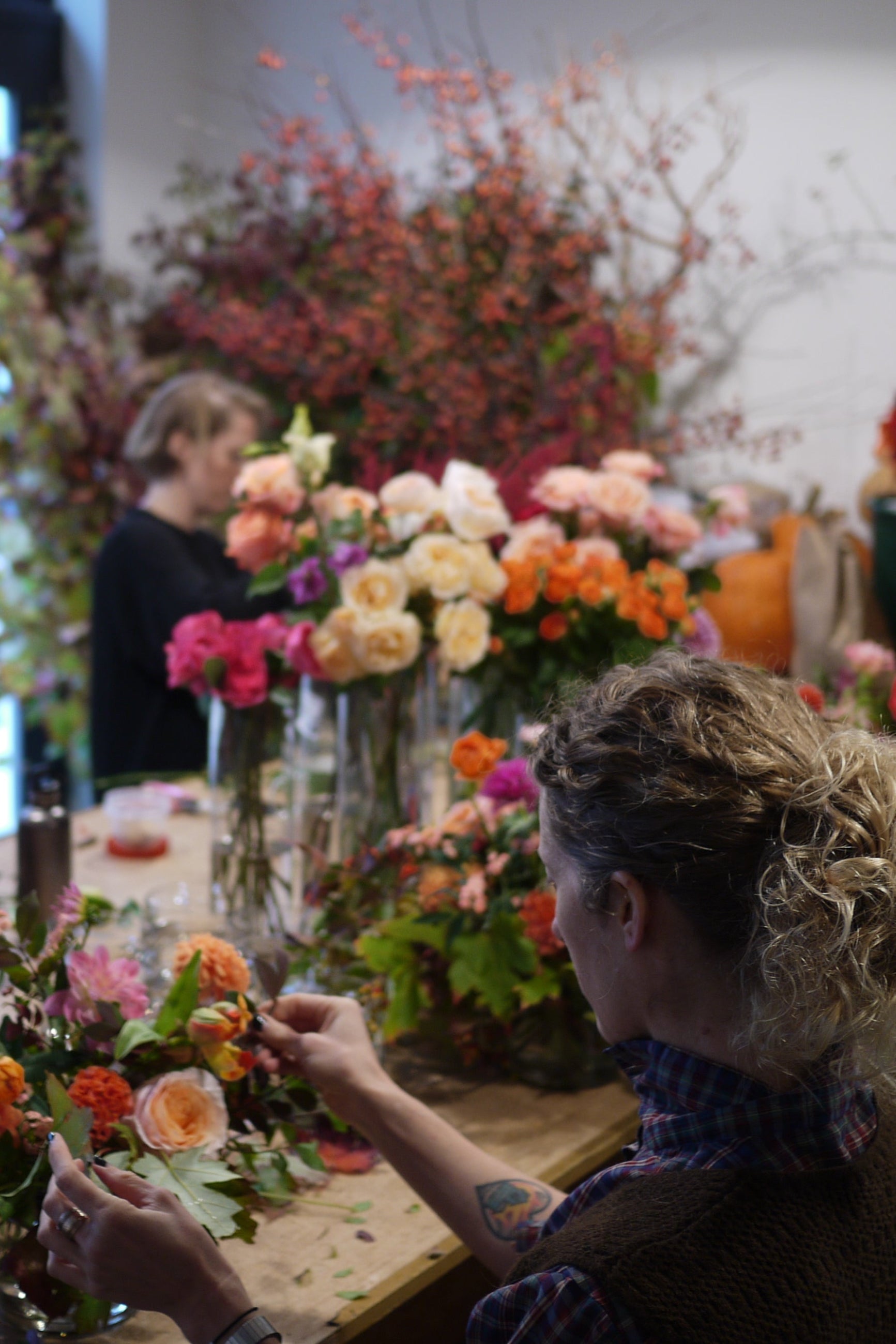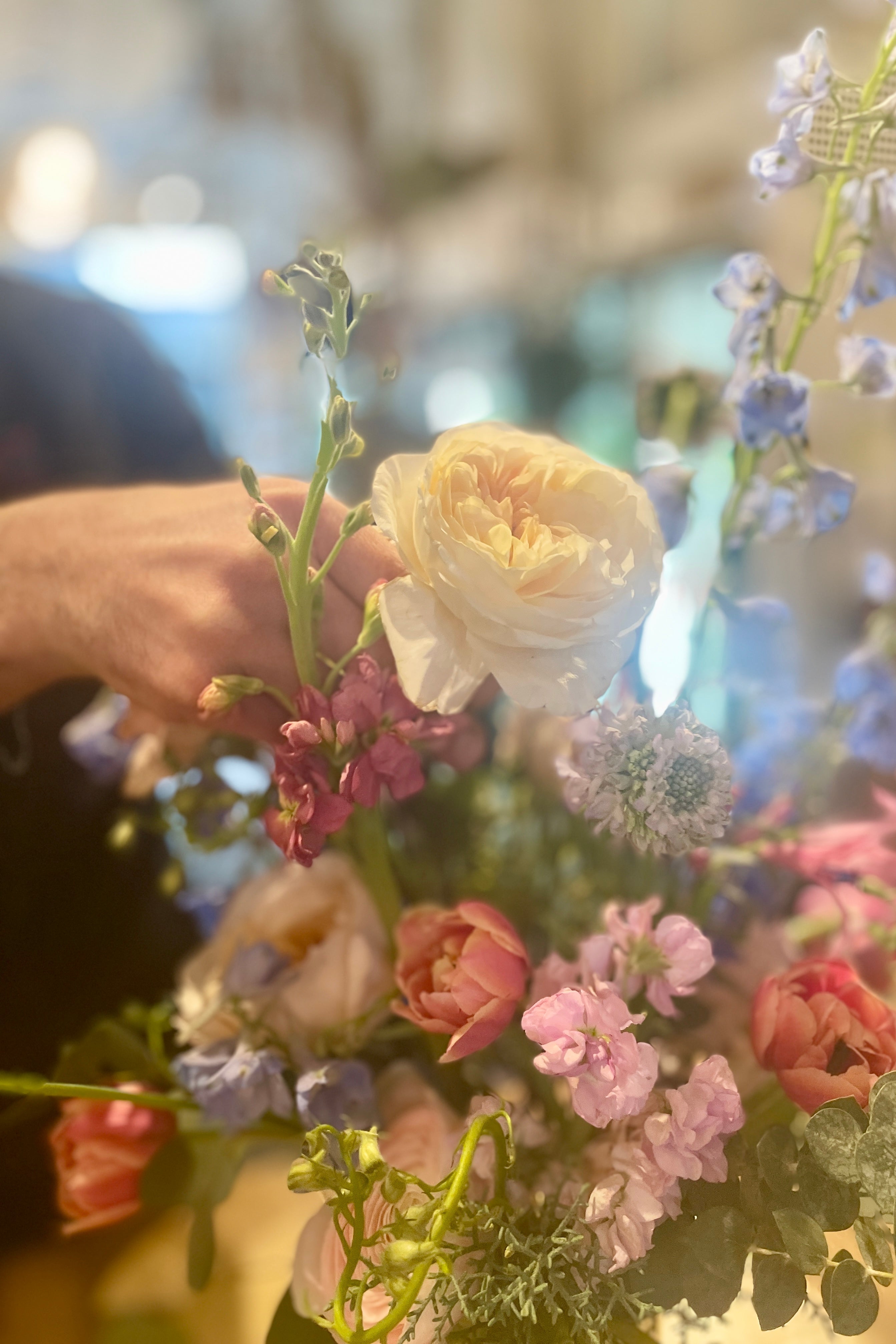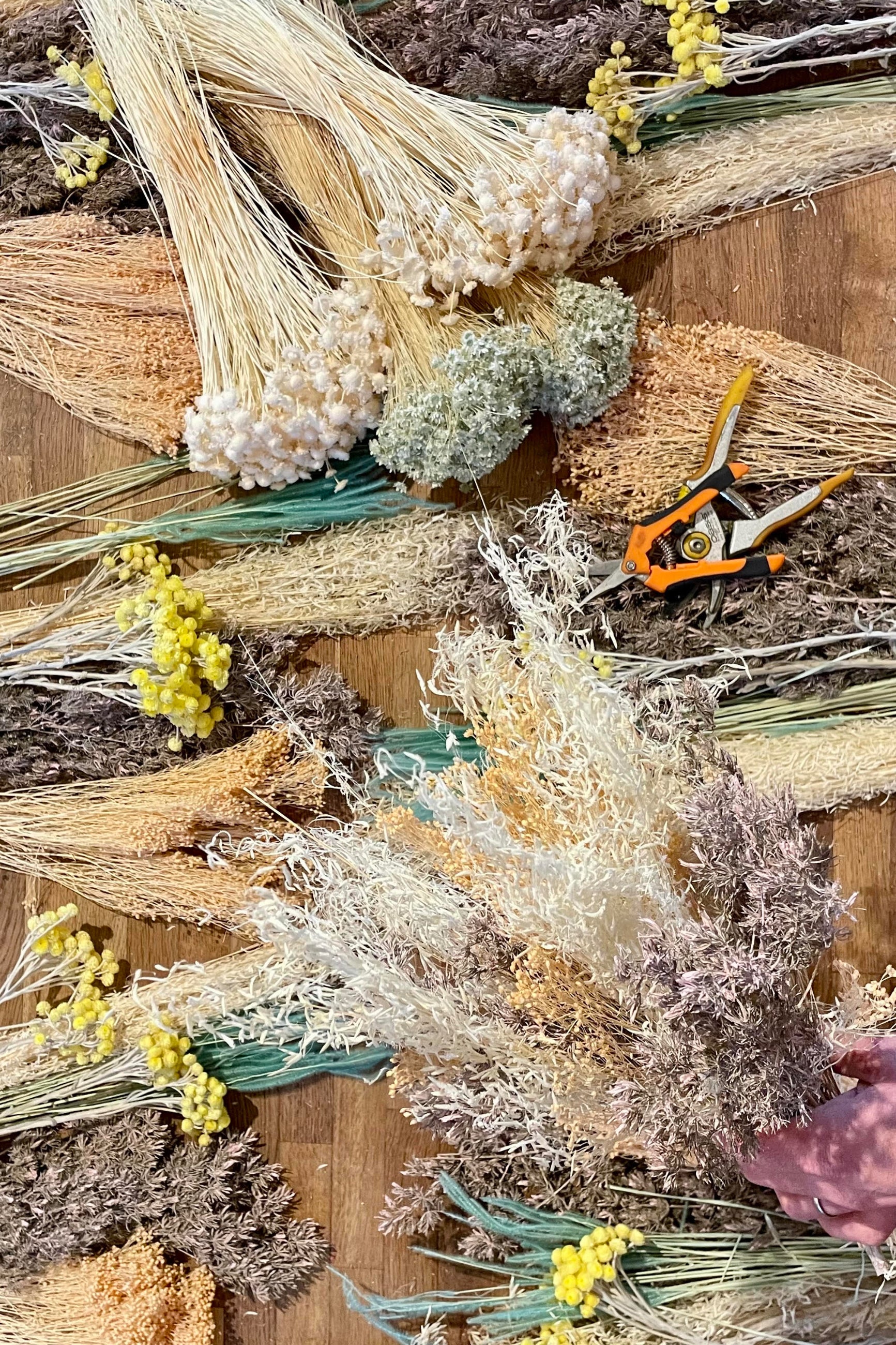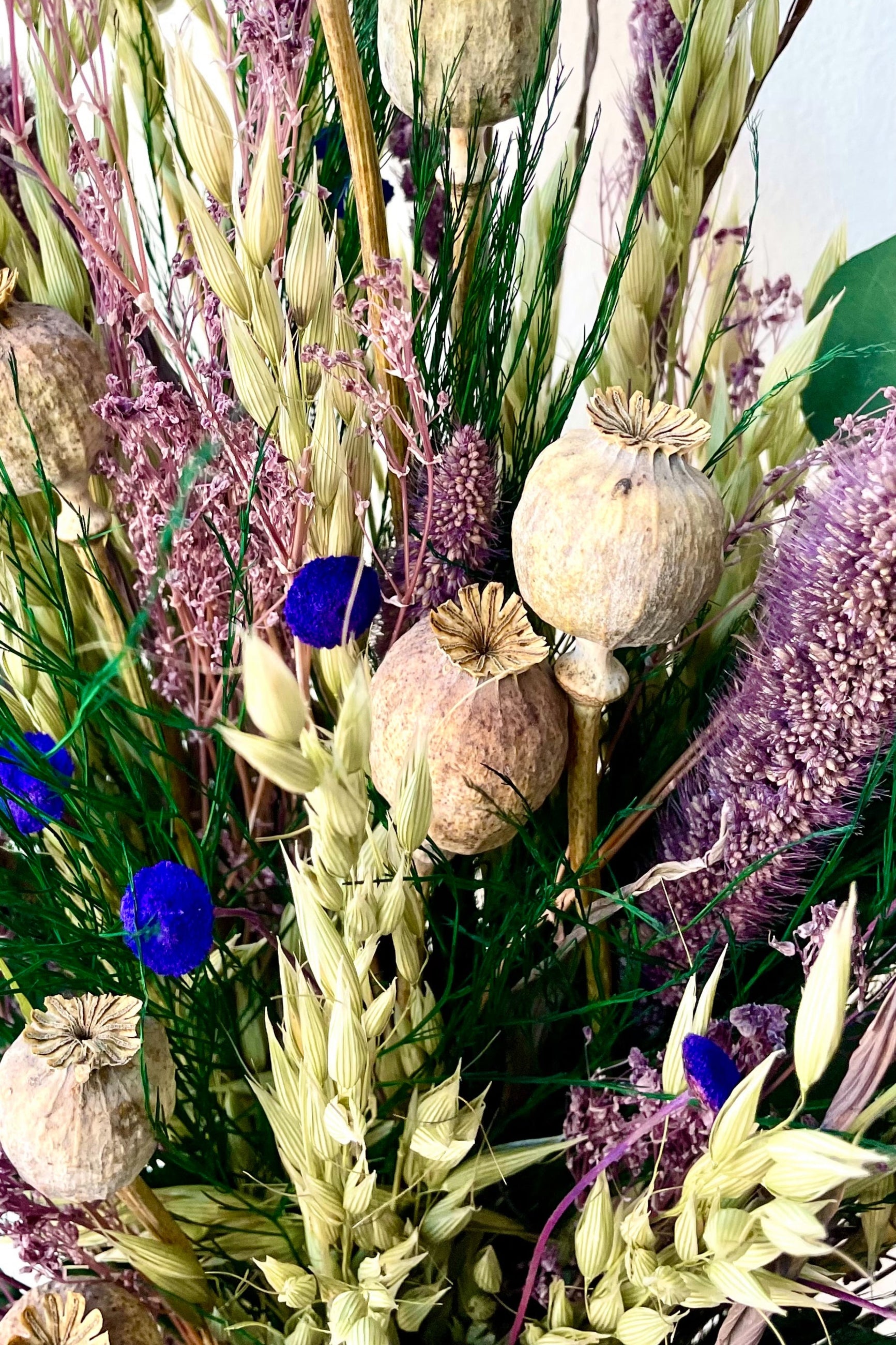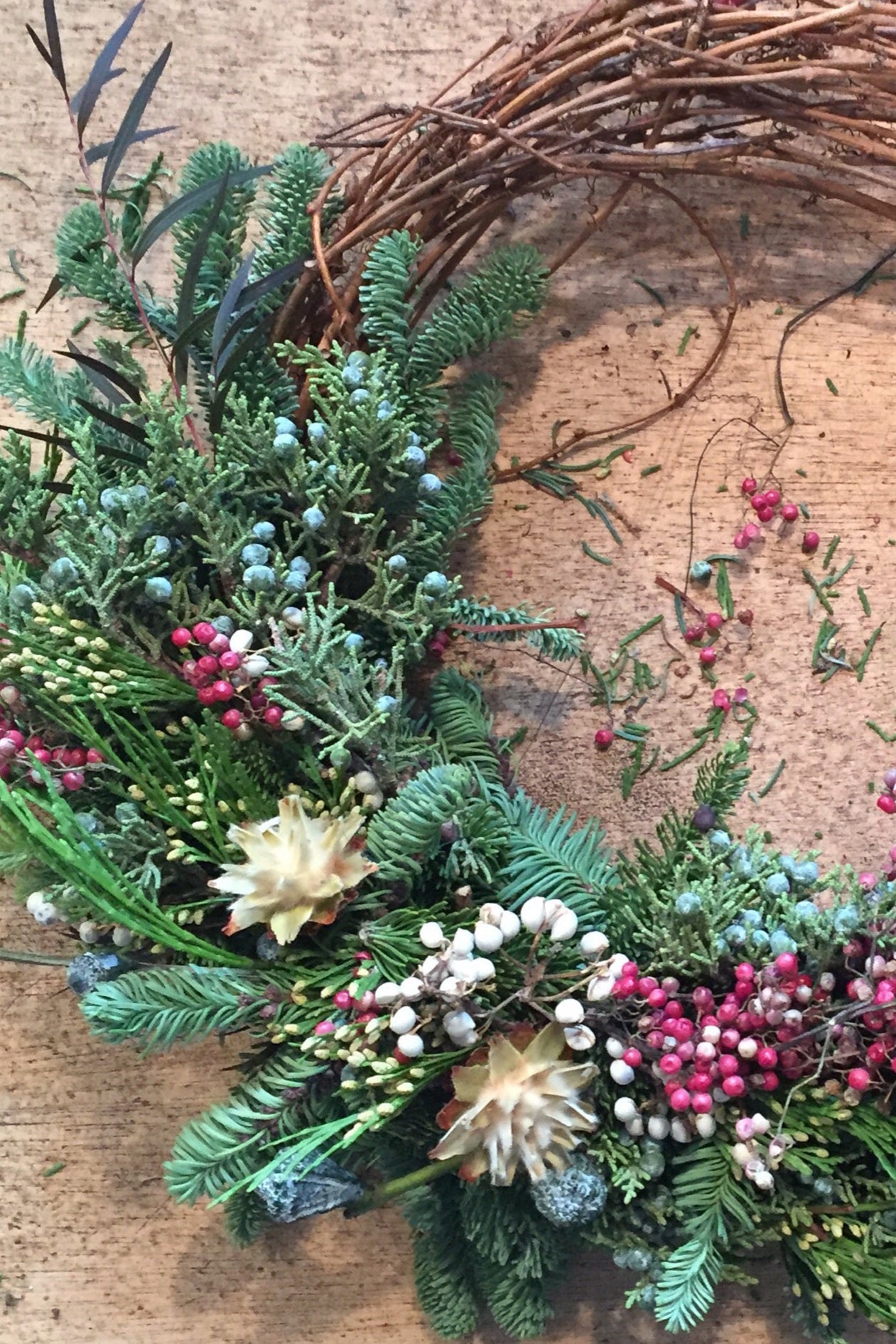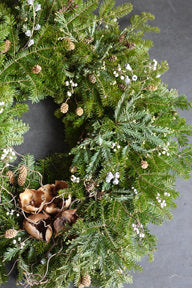Light: Selaginella is native to a damp, tropical forest environment, so conditions that replicate this environment will help it thrive. Selaginella prefer bright, indirect light when placed indoors. Too much direct sun will quickly damage selaginella.
Water: Selaginella requires that its soil is kept damp constantly, but with no standing water. It will not survive drought. Selaginella do particularly well in enclosed terrariums where the humidity is elevated.
Environment: These plants love warm, humid environments. A terrarium is ideal, but if kept in a pot, try grouping it with other plants, misting regularly or place it on a pebble tray to increase moisture in the air. The best temperature for a Selaginella is 50-75 F degrees. Protect your selaginella from cold drafts, radiators and AC units.
Toxicity: Reported to be non-toxic
Of Note:
- Use a soil that retains water but still drains well.
- Selaginella is a small tropical plant that sometimes creeps, climbs, and trails.
- Pinch back the tips of the stems if they grow too tall or leggy. Pruning stimulates new growth and helps the plant become bushier and aesthetically pleasing. Remove dead or damaged stems as soon as they appear.
- Selaginella needs very little plant food. Feed a selaginella only twice a year (once in April and once in July) with a water soluble fertilizer diluted to half the recommended strength. Do not fertilize newly potted selaginella for at least two months.
-
When overwatered (especially in terrariums), white mold can easily form and indicates you may need to cut back on watering slightly
*When planting in a pot without a drainage hole, avoid over watering by estimating 25% of the container’s overall volume, with appropriate drainage materials incorporated when planting.


